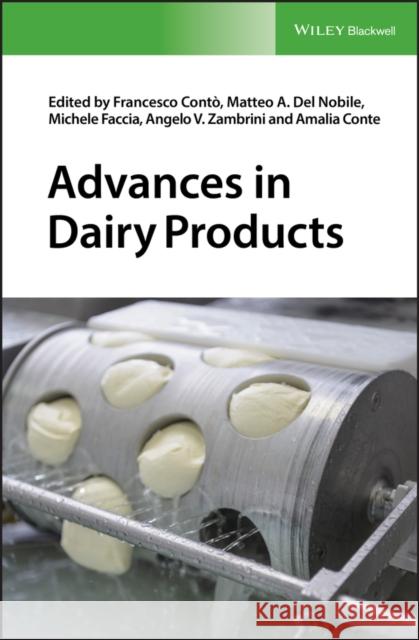Advances in Dairy Products » książka
Advances in Dairy Products
ISBN-13: 9781118906439 / Angielski / Twarda / 2017 / 480 str.
The book will critically assess the most innovative scientific knowledge in the dairy food sector, showing how the knowledge from strategic and applied research can be fed into the commercial innovation of dairy product manufacture and distribution. It will review the latest scientific and technical innovations that many dairy companies will want to consider. Advances in many important fields of the dairy sector, such as raw materials and milk processing, environmental impact, economic concerns and consumer acceptance, will be addressed. In recognition of the vital role of high quality raw materials within dairy industry, the first section of the book includes various emerging technologies applied to milk and starter cultures sources, strategic options for their use, their characterization, requirements, starter growth and delivery and other ingredients used in the dairy industry. The second section presents the most relevant innovations in milk processing and dairy food manufacture. In particular, chapters dealing with product and process innovations will be included. Chapters mainly focused on functional dairy products will be also feature. The shelf life of dairy products will be discussed in the third section, with a focus on the most recent strategies applied during processing and packaging. A further section will focus on the consumer insight approach for developing new dairy products. In addition to a literature overview on consumer insight in new products development, a framework on consumer behaviour with regard to quality perception of food products and decision-making will be presented. The success of a new product requires inputs from the market. In this context, consumer insight techniques can support the identification of market opportunities and represent a useful mean to test product prototypes before final launch. The final section of the book will be focused on the environmental impact of dairy products. Most processes require the use of water and energy and these, in turn, produce waste and pollution. Key challenges for the industry are therefore to reduce the overall environmental footprint to provide more efficient and environmentally sustainable dairy products.











